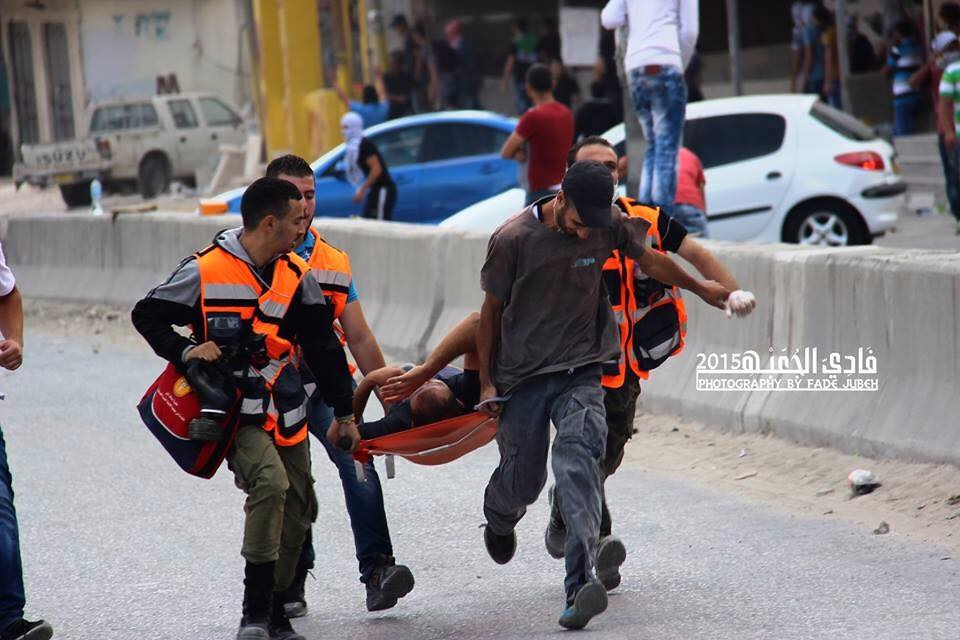-
PMRS to Israeli forces: Stop attacking our personel!
Repost of an appeal by Palestine Medical Relief Society: In light of the current climate of tensions in the West Bank and in East Jerusalem particularly which has led to deadly attacks on civilians and the unacceptable systematic use of lethal force by Israeli forces against Palestinians, the Palestinian Medical Relief Society (PMRS) calls for […]
-
Ruthless killing of Palestinian youths in al-Khalil (Hebron)
17th October 2015 | International Solidarity Movement, al-Khalil team | Hebron, occupied Palestine ******* UPDATE 9pm: No stop to violence, settlers are taking over the streets The Tel Rumeida neighbourhood of al-Khalil is on lockdown for Palestinians. Palestinian residents and internationals are not allowed to be on the streets, on their own roofs or at […]
-
Senseless Israeli violence against demonstrators in Gaza
17th October 2015 | International Solidarity Movement, Gaza team | Gaza, occupied Palestine At yesterday’s demonstrations in Nahel Oz (east of Shijaia) and Erez Border (Beit Hanoun), 2 Palestinians were killed by Israeli forces and almost one hundred were injured. Yahiya Abd al-Qader Farhat, 24 years old, and Mahmoud Hatim Hmeid, 22 years old were […]
Action Alert An Nabi Saleh Apartheid Wall Arrests BDS Bethlehem Bil'in Cast Lead Demonstration Denial of Entry Ethnic Cleansing Farmers Gaza Global Actions Hebron House Demolition International law Israeli Army Jerusalem Live Ammunition Nablus Ni'lin Prisoner Ramallah Rubber-coated steel bullets Settlement Settlers Settler violence Tear-Gas Canister Video


